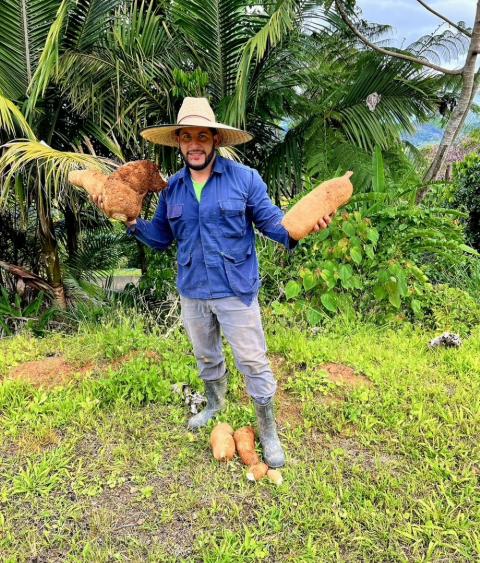Conservation Brief
Interior Calls for Changes to Sage Grouse Plans
The Department of the Interior on August 7 released the review team’s recommendations for changes to federal land management plans to conserve the greater sage-grouse. The report calls for updating boundaries in habitat management areas and developing a mechanism for modifying priority habitat management areas as well as investigating the removal or modification of some sage-grouse focal areas in certain states. In addition, the report calls for a new policy on fluid mineral leasing and development, clarification of appropriate use of compensatory mitigation, increased flexibility in applying adaptive management decisions and in grazing management, and working with the states to set population objectives.
As written in the Executive Summary of the report: “The DOI Team and the Sage-Grouse Task Force are committed to a balanced approach that provides both responsible economic development and long term conservation of the Greater Sage-Grouse (GRSG). This commitment includes an interest by most States in retaining the 2015 GRSG Plans—using policy and clarifications initially to better align them with State plans and programs and to meet the purposes of the Order, while continuing joint engagement to further define consideration of potential targeted plan amendments. The Federal agencies and States are also committed to continue to work with partners to prioritize staff and funding to implement on-the-ground actions to conserve and restore GRSG habitat.”
The recommendations come shortly after the Western Association of Fish and Wildlife Agencies released a series of white papers providing specific recommendations on topics including captive breeding, hunting, population and habitat management, and predator control. In general, the white papers recognize that habitat conservation is a key component to sage-grouse management efforts and that these habitat actions will also support the other sagebrush dependent species.
“The white papers were intended to convey to the Department of the Interior the current state of the science and state experiences with these topics,” said Virgil Moore, Director of Idaho Fish and Game and Chairman of the Sagebrush Executive Oversight Committee. “WAFWA appreciates the opportunity to bring our technical expertise to the table.”
The DOI report has met with mixed reviews. While industry groups have praised the recommendations, others have expressed concerns with some of the conclusions. Wyoming Governor Matt Mead, whose state harbors the largest population of sage-grouse, expressed his desire to continue working with the Department to manage the species effectively.
“Secretary Zinke and the Department of the Interior made an earnest effort to collaborate with the states during the sage-grouse management review,” said Governor Mead. “The states have primacy over sage-grouse management and Wyoming’s plan is solid and should be allowed to work. The Wyoming approach balances energy, agriculture, conservation and recreation. The federal plans do not fully implement the Wyoming approach. While DOI identifies numerous ways to improve federal plans, I am concerned that the recommendations place more focus on population targets and captive breeding. Industry needs predictability, but the report does not explain fully how population targets provide that certainty. Wyoming will continue to rely on science and scientists to manage the species. I will continue to work with Secretary Zinke, state and local stakeholders on this issue.”



